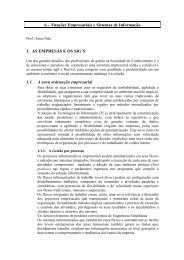Create successful ePaper yourself
Turn your PDF publications into a flip-book with our unique Google optimized e-Paper software.
3. what traffic to capture (packet filtering)<br />
4. how to display that packet information (data formatting)<br />
1. controlling tcpdump<br />
The switches we have seen so far (l,w,r) fall in this catagory. Here are a few<br />
more:<br />
# tcpdump -i xl0 -c 100 -s 400<br />
Ok, so that tells tcpdump to listen on the xl0 network interface, capture only the<br />
first 100 packets that come across it, and suck up the first 400 bytes of data from<br />
each packet (which includes the 14 bytes from the ethernet frame). The<br />
corresponding defaults are: the "lowest" interface (example: eth0 and not eth1);<br />
an indefinite number of packets; and 96 bytes.<br />
2. what packet information to show<br />
For the traffic that is captured we have a say in what information is shown. A few<br />
things you can try are to tell tcpdump to be "quiet", "verbose", or "very verbose".<br />
The corresponding switches are "-q", "-v", and "-vv" and, quite frankly, they are<br />
no big deal. The switches that are more interesting are "-e" and "-x". The former<br />
tells tcpdump to display the source and destination mac/ethernet addresses and<br />
the latter tells it to show us the payload of a packet in hexadecimal. This last<br />
switch is one of the more important switches available to us and it is what we<br />
used to display that first packet in the tutorial. Here are some examples:<br />
Let's say we're just interested in the mac addresses:<br />
# tcpdump -qec1<br />
00:57:06.154240 0:a0:4d:3:e0:1d 0:50:be:2b:44:8f 60: spider.4454 > fulton.pmatulis.homeunix.<br />
The two mac addresses you see are the source and destination. So here, spider<br />
has mac address 0:a0:4d:3:e0:1d and fulton has mac address 0:50:be:2b:44:8f. I<br />
used the quiet option to cut down on the clutter and requested a count of only 1<br />
packet.<br />
Let's go further and tell tcpdump to include some data in the capture:<br />
# tcpdump -qec1 -x<br />
01:04:18.762895 0:50:ba:2b:44:8f 0:a0:4b:3:e0:1d 118: fulton.pmatulis.homeunix.net.ssh > spi<br />
4510 0068 ca56 4000 4006 ec92 c0a8 011e<br />
c0a8 0128 0016 1166 fe89 6677 1140 5338<br />
5018 4470 9250 0000 3b6e e13e c39e cebe<br />
6ad5 5a78 8d62 090c 7dcf e1f1 37e0 9f64<br />
1c54 0ef7 8534 1ec9 0240 d02d c8a1 e54b<br />
fa3b<br />
A final and very useful switch for controlling tcpdump is to have the packet<br />
payload converted to ASCII. Normally this is used in conjunction with hex (the



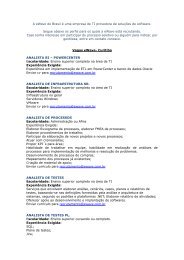
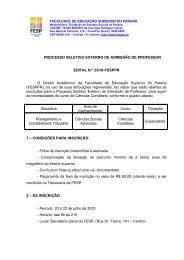
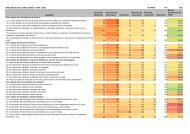

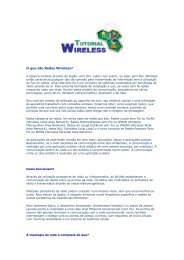
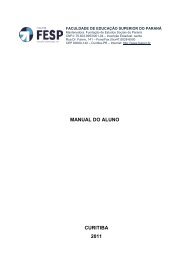
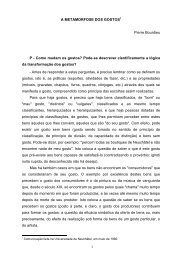
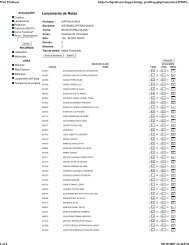


![Plano de Contabilidade Social 2013[1].pdf - FESP](https://img.yumpu.com/40657716/1/184x260/plano-de-contabilidade-social-20131pdf-fesp.jpg?quality=85)

